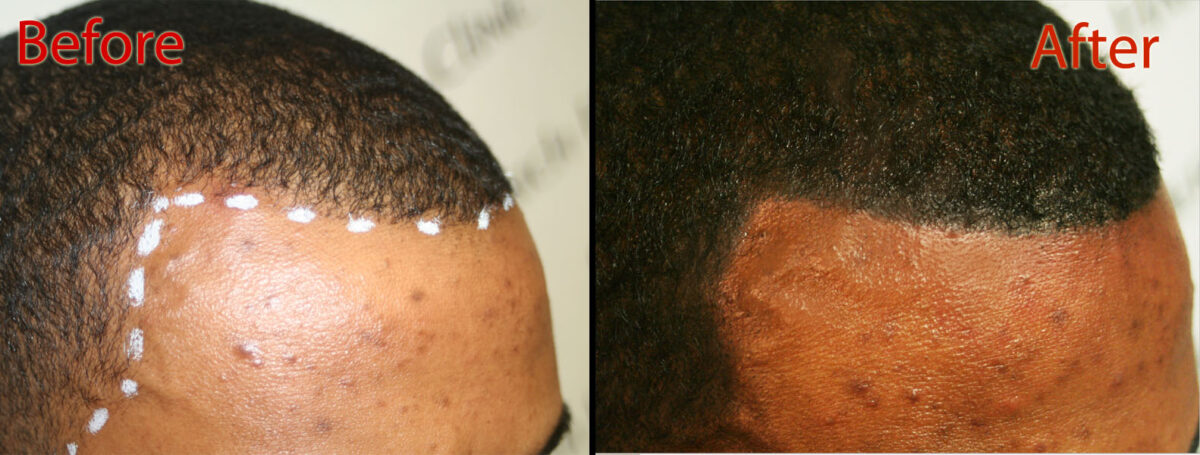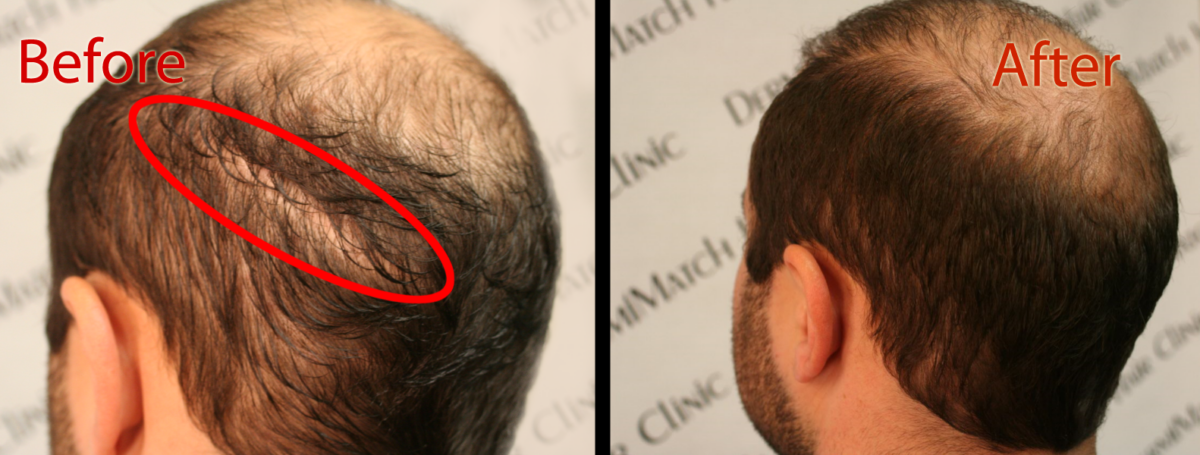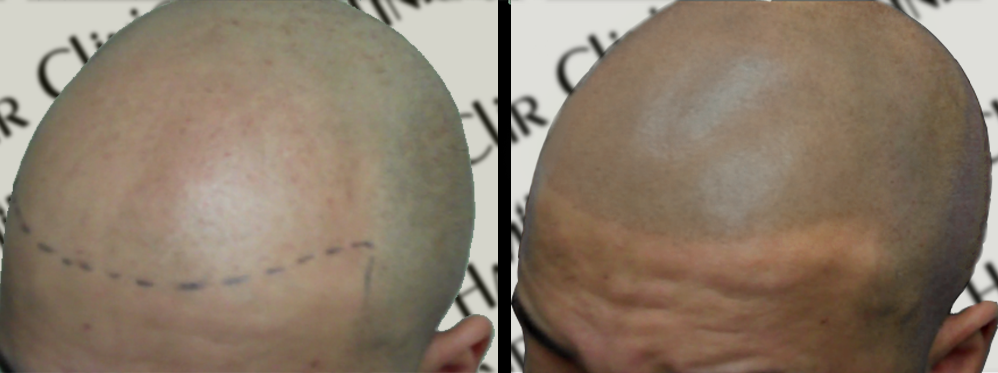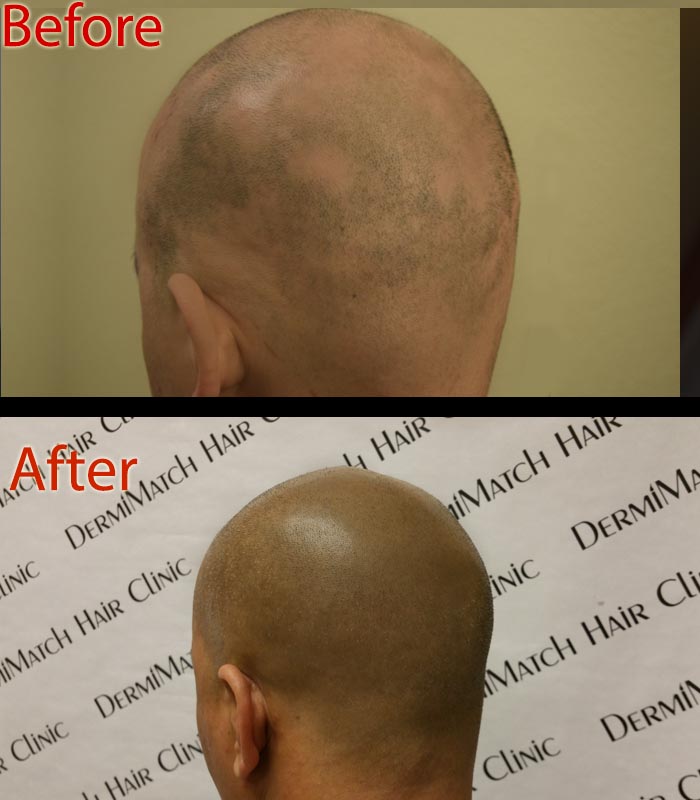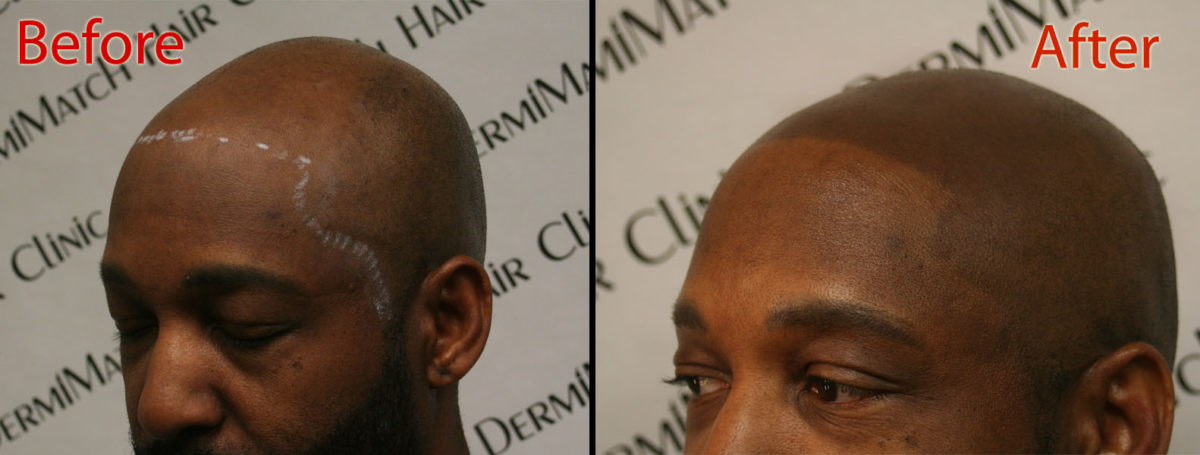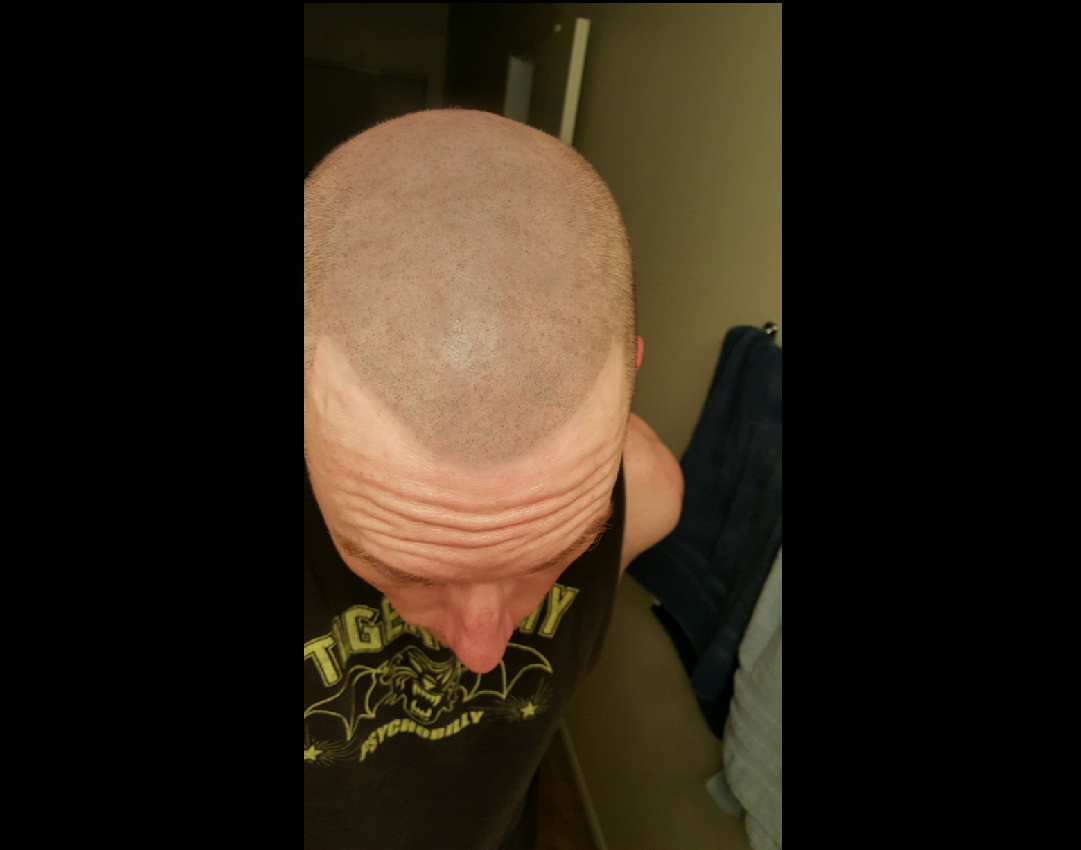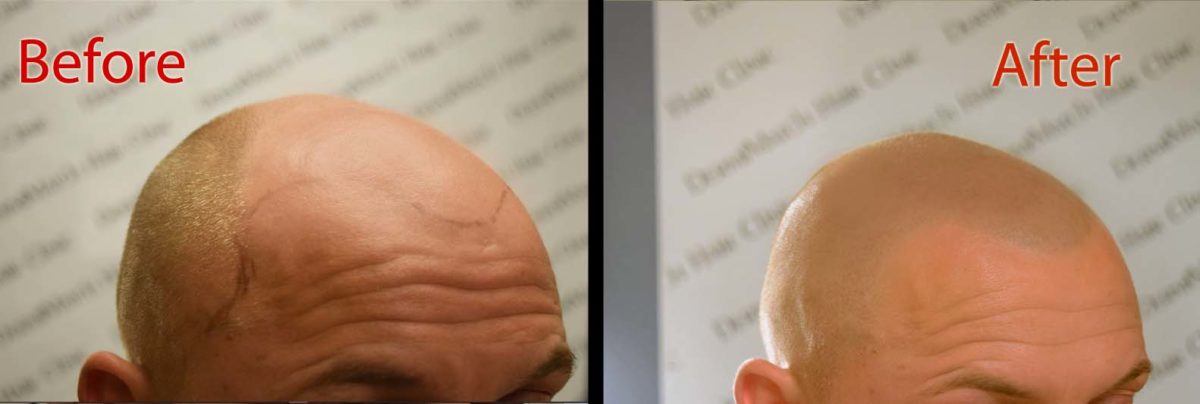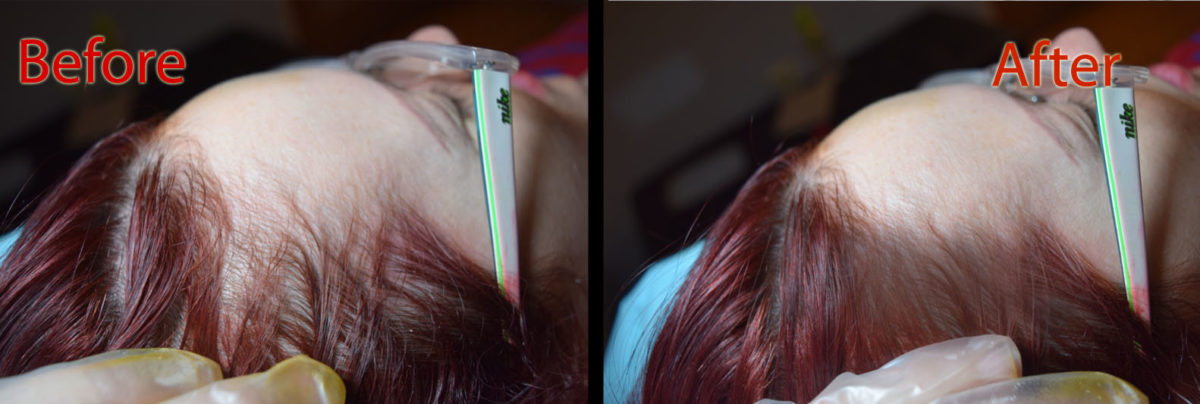Hair loss can be a scary sight. You might have heard about various remedies for hair loss. One includes niacinamide. But does niacinamide for hair growth work? You may want to know if this vitamin can really fix your hair problems. The answer is yes and no. What does that mean? Let me explain it in simple words.
What Is Niacinamide for Hair Growth and How Does It Work
Niacinamide is just vitamin B3. Your body needs this vitamin to work properly. When you put niacinamide on your scalp, it does good things for your hair.
Scientists have studied this vitamin for years. It makes blood flow better to your scalp. It calms down red, angry skin. What’s more, it even helps your hair stay strong. It might not be wrong to state that niacinamide is food for hair roots.
But does Niacinamide help with hair loss?
Studies show it can slow down hair loss in some people.
When you lose hair, your hair roots get stressed or damaged. Niacinamide protects hair roots from getting hurt. It works like a shield around your hair.
Research shows niacinamide stops hair from going into the resting phase too early. In fact, research claims that it helps keep hair in the growing phase longer. This means less hair falls out.
How Long Does It Take for Niacinamide to Work on Hair?
Well, hair growth is very slow, so you have to be patient. It may take 2 to 3 months for small changes to be apparent. Your scalp might feel less itchy or look less red. For bigger changes in hair thickness, you usually need to wait 4 to 6 months.
Can niacinamide regrow hair?
If your hair roots are still alive but just weak, niacinamide might help them grow hair again. But if the roots are dead, niacinamide cannot bring them back to life. No vitamin can do that.
Niacinamide works best for people who have thinning hair or weak hair. It helps make existing hair stronger. But it may still not work if your hair loss is due to a specific medical condition.
Hair thinning is the result of hair strands getting smaller and weaker. Niacin helps hair make more keratin. Keratin is like the building blocks that make hair strong and thick.
When Niacinamide Is Not Enough
Sometimes people try niacinamide and other natural treatments, but their hair still does not get better. Hair loss may result from different reasons. Sometimes it is genetics or hormonal fluctuations. Vitamins like niacin cannot fix every type of hair loss.
If you have tried niacinamide for 6 months and still see no improvement, it might be time to consider other options. This is when scalp micropigmentation becomes a smart choice.
Why Scalp Micropigmentation Works When Vitamins Don’t?
Scalp micropigmentation creates tiny dots on your scalp that look exactly like natural hair follicles. The procedure only creates the appearance of a full head of hair, even when your real hair is thin or gone.
Unlike vitamins that take months to work and might not work at all, scalp micropigmentation gives you results immediately. You walk out looking like you have thick hair.
The best part is that scalp micropigmentation works even if your hair roots are dead. It simply camouflages hair loss, thinning hair, or receding hairlines.
If you decide on scalp micropigmentation, picking the right Arizona SMP artist is very important. Many regular tattoo artists now say they can do scalp micropigmentation. But scalp work is completely different from regular tattoos.
Trust scalp micropigmentation Arizona experts for your scalp job. DermiMatch Clinic can help find you the right hands for your scalp.

